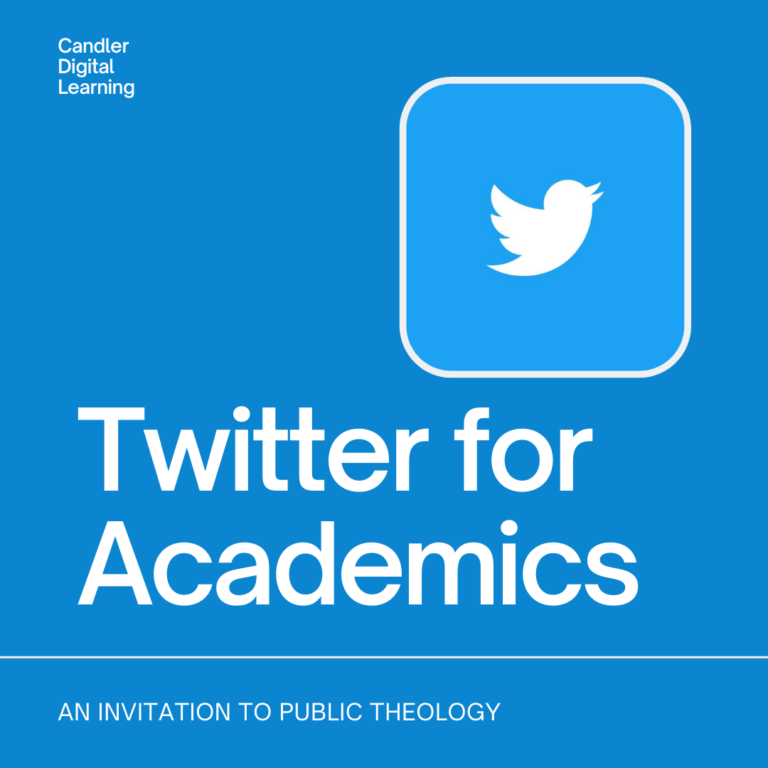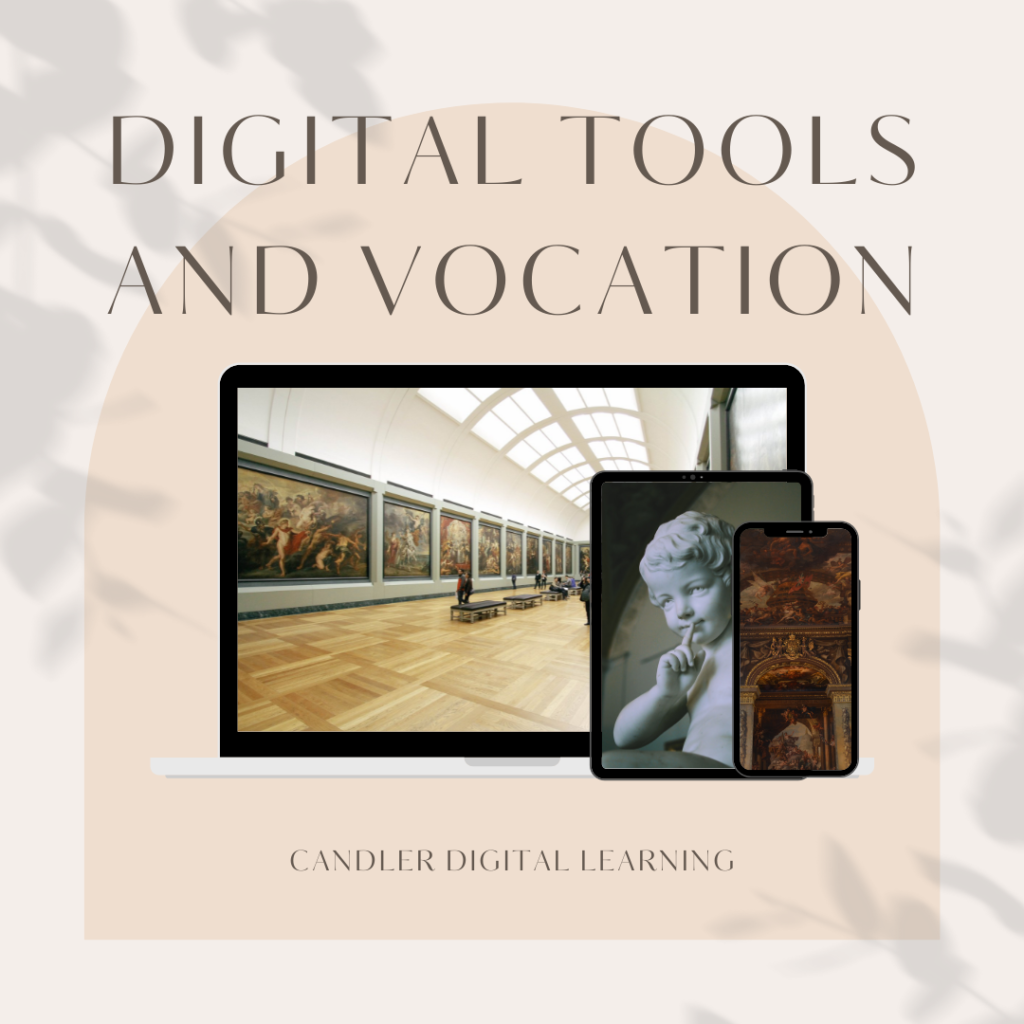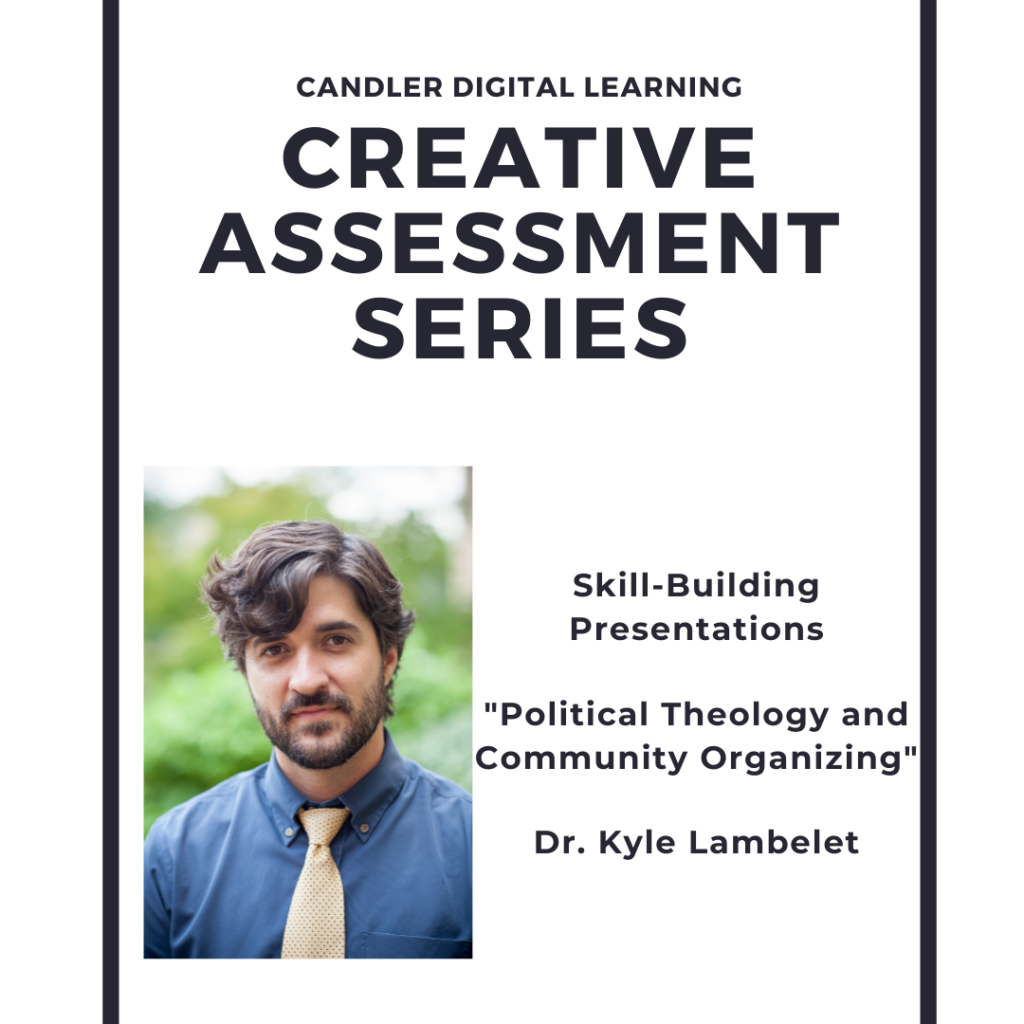
I recently spoke with a colleague who was curious about academic twitter (#AcademicTwitter). She mentioned how it has become a repository of resources. Everything from book launches to news articles – it’s so valuable. Our conversation shifted, however, once we began talking about Twitter best practices and how to use it.
For many academics, Twitter is home to a wide range of audiences. You’ve got colleagues and peers, casual interests and associations, even family and friends. Navigating this mix can be quite a challenge – especially considering the additional concerns of your role in the public eye.
Now:
This becomes trickier when academics are in the fields of theological and religious studies. It seems once all eyes are on you, there are certain standards and expectations placed on you that would not ordinarily be on a casual social media account.
Put simply, Twitter is a tool. And in this post, I hope to give concrete examples of how to interact and use the app and how it can be an invitation for you to do public theology.
Navigating the Tool
As academics, we can talk about our projects and fields of study all day long. That is what brings us joy and research is why we do what we do. I have no issues promoting pieces that I have written or sharing online things that excite me.
So, why would an academic twitter account be any different?
The hesitancy surrounding Twitter for many academics are the practices that Social Media Managers use daily. Questions like:
- How do I write posts?
- When do I share them?
- Should I link to something or post a picture?
- Why use a hashtag?
Like any tool, it may take time for you and Twitter to become acquainted. But once you do, you will be able to use it easily and often.
Simon Fraser University Library posted an article that listed the following reasons why academics should use Twitter:
- Make your research more accessible, across disciplines, sectors, and to the public
- Contribute to dispelling mis/disinformation
- Network
- Build awareness about issues, needs, concerns, and opportunities
- Inspire action
- Learn
- Recruit (students, staff, and study participants)
Here’s how:
1) Provide sources for your content
As academics, we know that citing our sources is the most important aspect of our work. The internet is no different. Just because it is online does not mean it is not someone’s intellectual property. A great example of this is when you are tweeting about what excites you around your research, provide a link to an article you have read recently if it is open source. Try letting your followers know what and who you are reading, and how they too can access these resources.
2) Engage with your peers on academic twitter
Engaging with your peers is crucial. It is about networking! Through social media, you can easily connect with so many in your field that would otherwise be very difficult. You can do this by responding to tweets, congratulating your peers on recent publications or awards, and retweeting!
Another way of engaging with your peers is through hashtags. Hashtags are one or more words without spaces that following a number or pound sign, such as #AcademicTwitter. Using hashtags categorizes your tweet among everyone else who has tweeted using the same tag. For example, “I’m working on a project that I cannot wait to show you! #ReligiousHistory #Writing”. This tweet would be now grouped with both #ReligiousHistory and #Writing tags.
3. Tag, Tag, Tag
A third important aspect of academic twitter is interacting with other accounts. In order to engage with your peers, a reply tweet automatically begins with the account’s handle. For example, “@TwitterAcademic congratulations on your recent publication! Can’t wait to read it!”
Tagging is essential as it provides an opportunity for you to promote your own content while citing, acknowledging, and “pitching” it to others. A perfect example is to always tag your publisher, editor, etc. If they have a Twitter account. This lets them know how much you appreciate their work on your project and that you know how to be actively engaged on social media – a requirement now for publshing!
4) Recognize your social location
It is important to remember our social locations in relation to rank, tenure-track, race, gender, sexuality, and socio-economic status. Tenured positions are hard to come by, and many active Twitter academics are in adjunct or lecture positions. Simply put, think about the impact of what you’re tweeting, to whom, and why – all before you tweet.

An Invitation to Public Theology
Quick Answer: What is Public Theology?
Public theology is a term often associated with those who publicly do theology. They explore concepts, engage new ideas, and critique harmful theologies in real time, in the public sphere.
Public theologians are pastors, preachers, academics, and oftentimes your students. More and more, Twitter is becoming a hub for seminarians to process what they are encountering in class and where many learn to find their public voice.
As a School of Theology, by default we are given a platform to speak on events happening in the world around us. The steps in this post encourage you to build a community of followers that allows you to speak about what is in your heart to wide audiences – who now have a proven track record of engaging and sharing your content. By citing your work, engaging your peers, tagging all the relevant accounts, and crafting your message considering your status and influence, you can maximize your reach to the public.
Twitter provides scholars in the fields of religious studies and theology an accessible and open invitation to Public Theology.
For more information on digital scholarship and pedagogy in theological education, visit scholarblogs.emory.edu/candlerdigitallearning.




